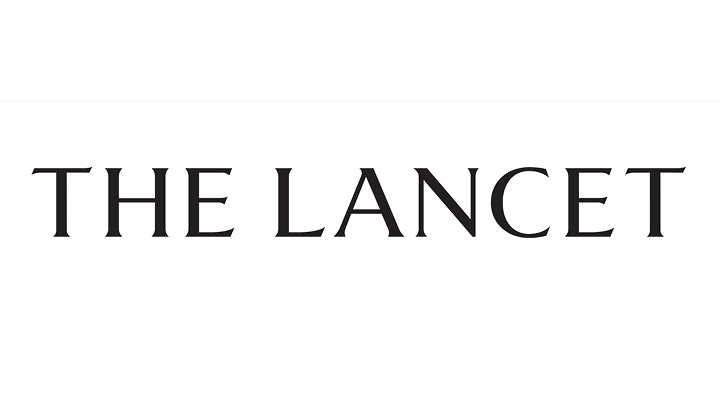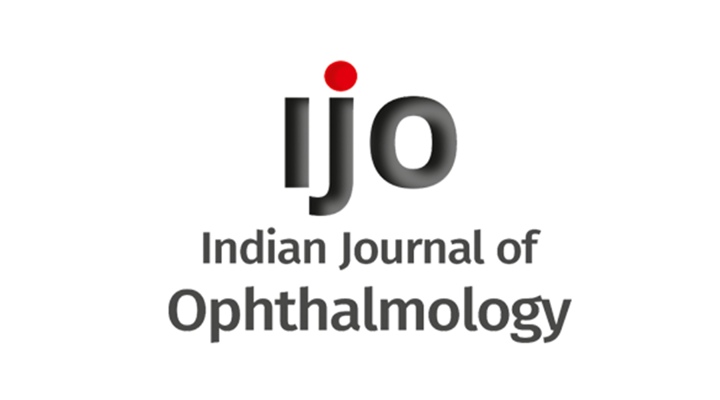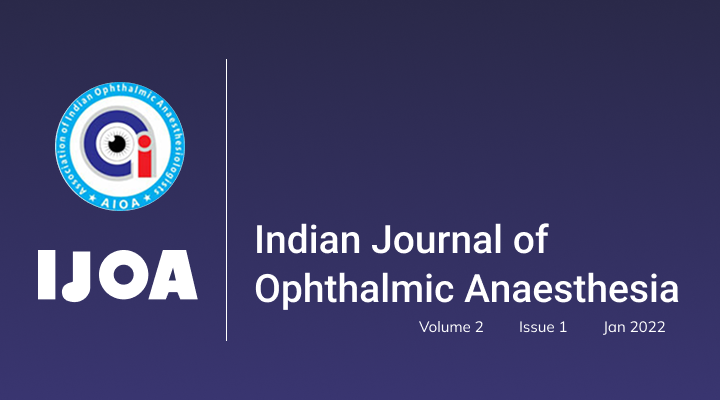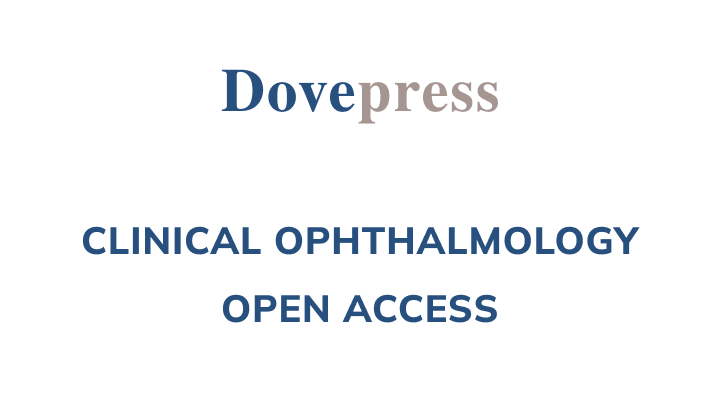Research Update
Others Research Update
RESEARCH CHRONICLES
What’s Shaping Eye Care?
Research Update#5
Understanding Cataracts

Our Focus
This review addresses the classification, epidemiology, risk factors, pathophysiology, management, complications, and outcomes of cataracts. It explores various types of cataracts, focusing on age-related, pediatric, and secondary cataracts, while covering advancements in surgical techniques and the use of intraocular lenses.
What is it about?
Cataracts are classified into age-related, pediatric, and secondary types. Age-related cataracts are divided into nuclear, cortical, and posterior subcapsular forms. The prevalence increases with age, reaching 92.6% in those over 80. Risk factors include aging, ultraviolet-B exposure, smoking, diabetes, and more. Management typically involves cataract surgery with intraocular lens implantation. Surgical techniques have evolved from large incisions to smaller, more efficient phacoemulsification, allowing rapid recovery. Postoperative complications include posterior capsule rupture, opacification, and the rare but severe endophthalmitis.
Why it matters
Cataract surgery is highly effective, improving vision in 84–94% of cases. Early diagnosis and effective management, particularly in paediatric cataracts, are crucial for preventing blindness. The development of intraocular lenses has advanced the treatment of cataracts, offering solutions for astigmatism and presbyopia. Understanding cataracts' risk factors and pathophysiology helps improve prevention and treatment, ensuring improved patient outcomes.
Citation
Cicinelli MV, Buchan JC, Nicholson M, Varadaraj V, Khanna RC. Cataracts. Lancet. 2023 Feb 4;401(10374):377–389. doi: 10.1016/S0140-6736(22)01839-6. Epub 2022 Dec 21. PMID: 36565712.






